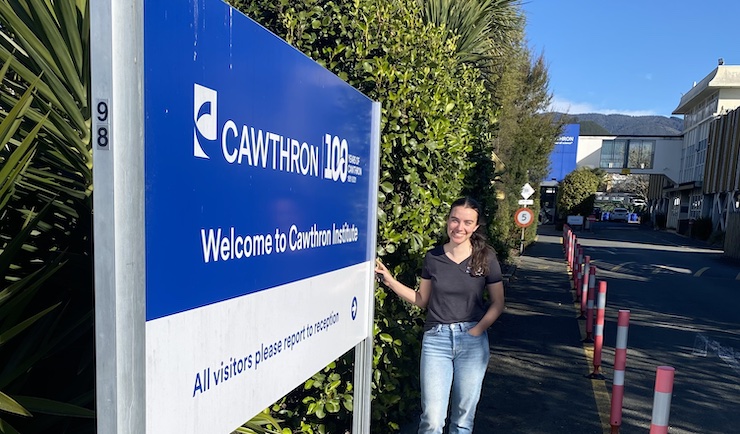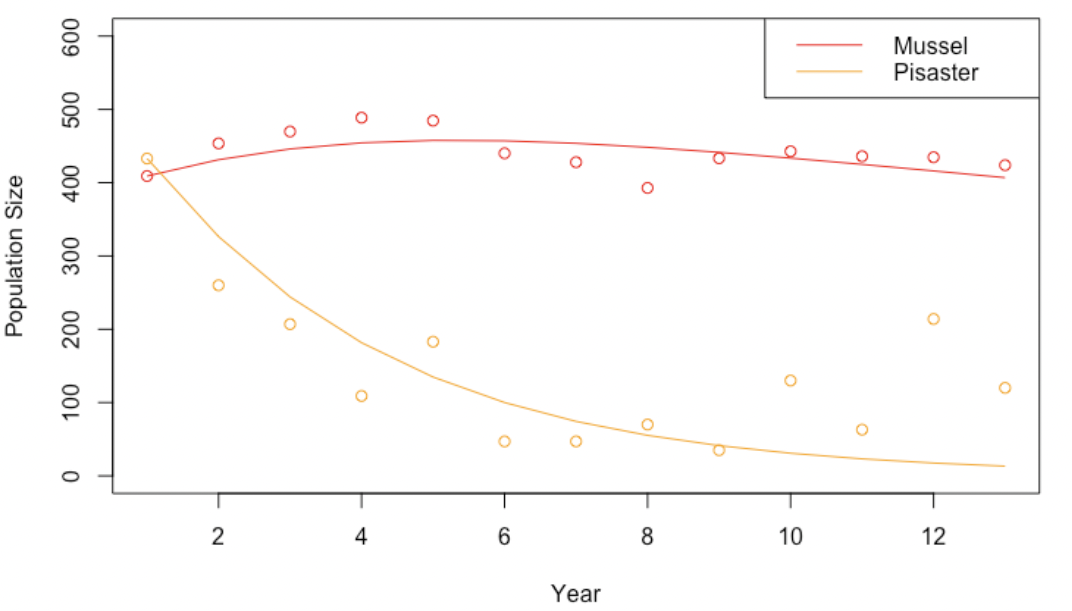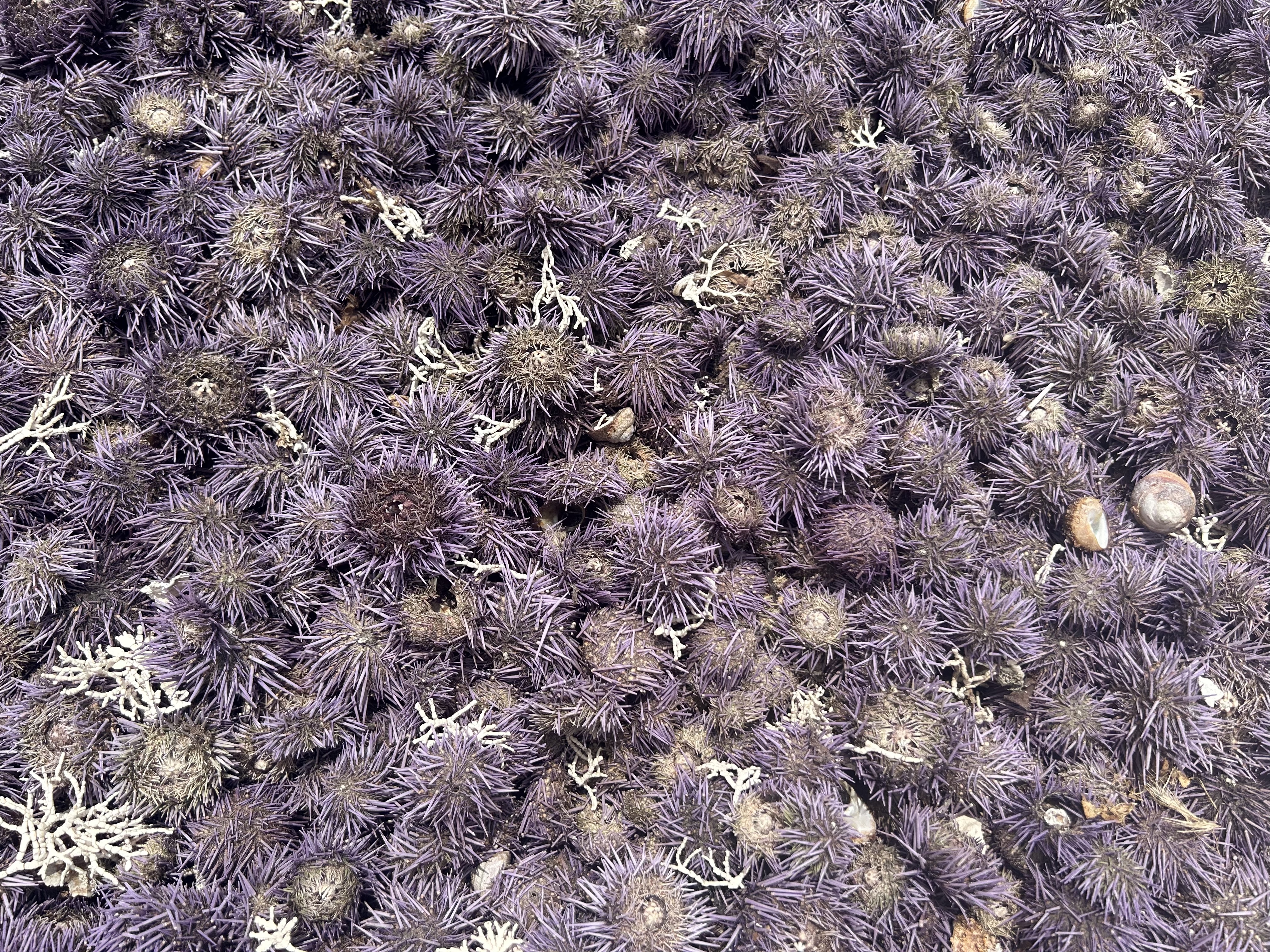
NSF Sustainable Oceans Intership: New Zealand!
My summer intership at the Cawthron Institute studying dispersal
I am driven by questions around how climate change impacts the environment, and how we can project, plan, and improve persistence and resilience in the future. I am currently exploring research topics around spatial distributions of populations, extreme events, and uncertainty.
Please keep checking back as I develop more research projects!
 In systems with more than one stable state, changes between regimes can occur quickly when a “tipping point” is reached.
However, these transitions may not always be so clear, especially when considering stochastic disturbances.
Long transients can occur when population dynamics dramatically slow around a bifurcation point, even after the point is passed.
In this case, common observational data on the behavior of a system in a transient state is virtually identical to the behavior
of a system in a stable state; it can be incredibly difficult to determine which cases it is. This has direct implications for
management, as management strategies can vary between the two cases. I am currently researching when we can determine
if a system is trapped in a long transient state versus a stable state, specifically using the information gained after a
disturbance.
In systems with more than one stable state, changes between regimes can occur quickly when a “tipping point” is reached.
However, these transitions may not always be so clear, especially when considering stochastic disturbances.
Long transients can occur when population dynamics dramatically slow around a bifurcation point, even after the point is passed.
In this case, common observational data on the behavior of a system in a transient state is virtually identical to the behavior
of a system in a stable state; it can be incredibly difficult to determine which cases it is. This has direct implications for
management, as management strategies can vary between the two cases. I am currently researching when we can determine
if a system is trapped in a long transient state versus a stable state, specifically using the information gained after a
disturbance.
 Coral reefs are a key in maintaining ecological
diversity, however, in part due to natural disasters such as hurricanes, bleaching events, and large-scale predation like the
crown-of-thorn starfish outbreaks, many coral systems are quite degraded. As patchy reef systems become more common, the size,
clustering, or overall connectivity of these patches play a key role in overall understanding, so I am currently working
towards improving understanding of persistence of coral reefs, using a spatial framework to model connectivity and disturbances.
Coral reefs are a key in maintaining ecological
diversity, however, in part due to natural disasters such as hurricanes, bleaching events, and large-scale predation like the
crown-of-thorn starfish outbreaks, many coral systems are quite degraded. As patchy reef systems become more common, the size,
clustering, or overall connectivity of these patches play a key role in overall understanding, so I am currently working
towards improving understanding of persistence of coral reefs, using a spatial framework to model connectivity and disturbances.